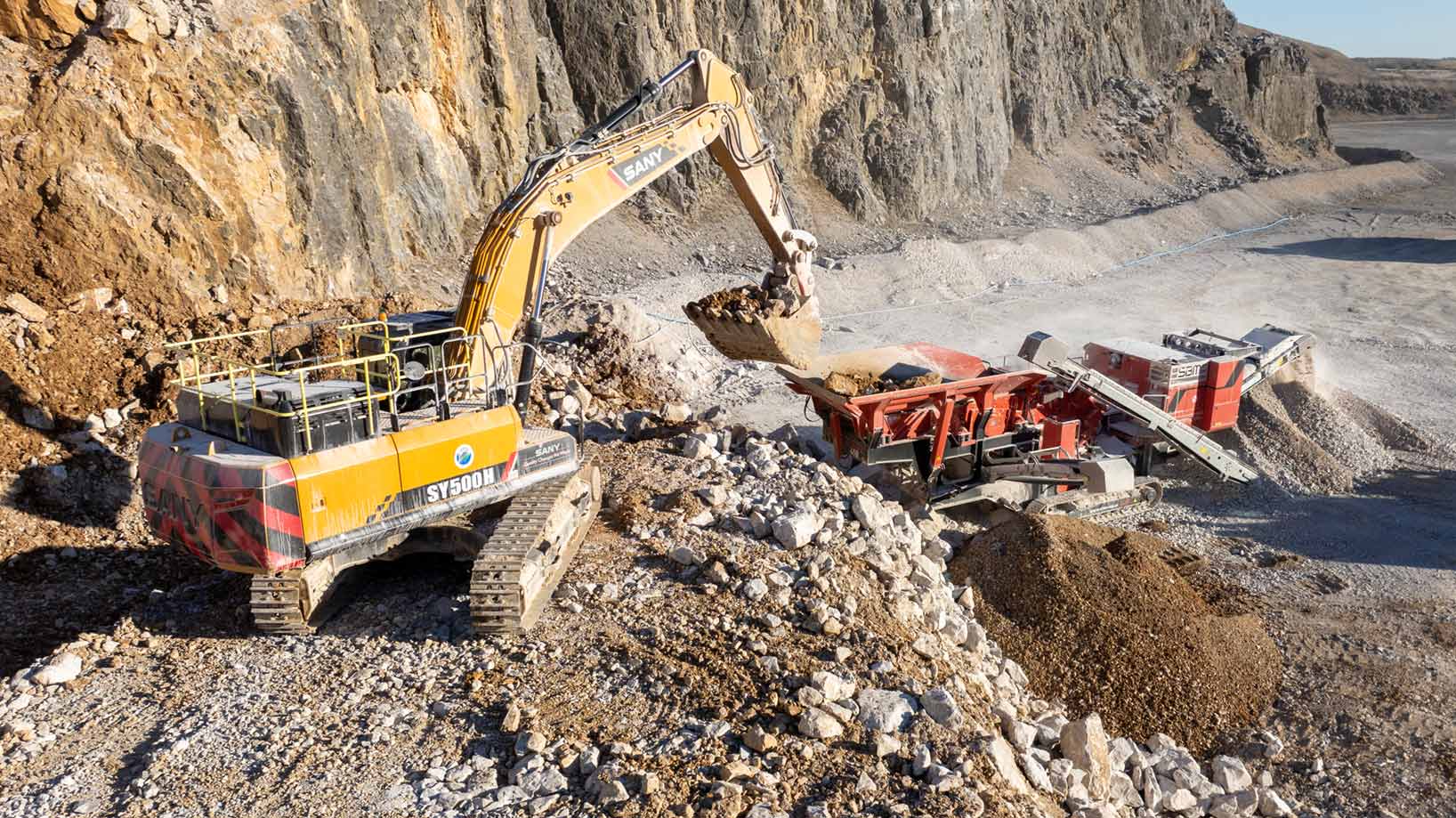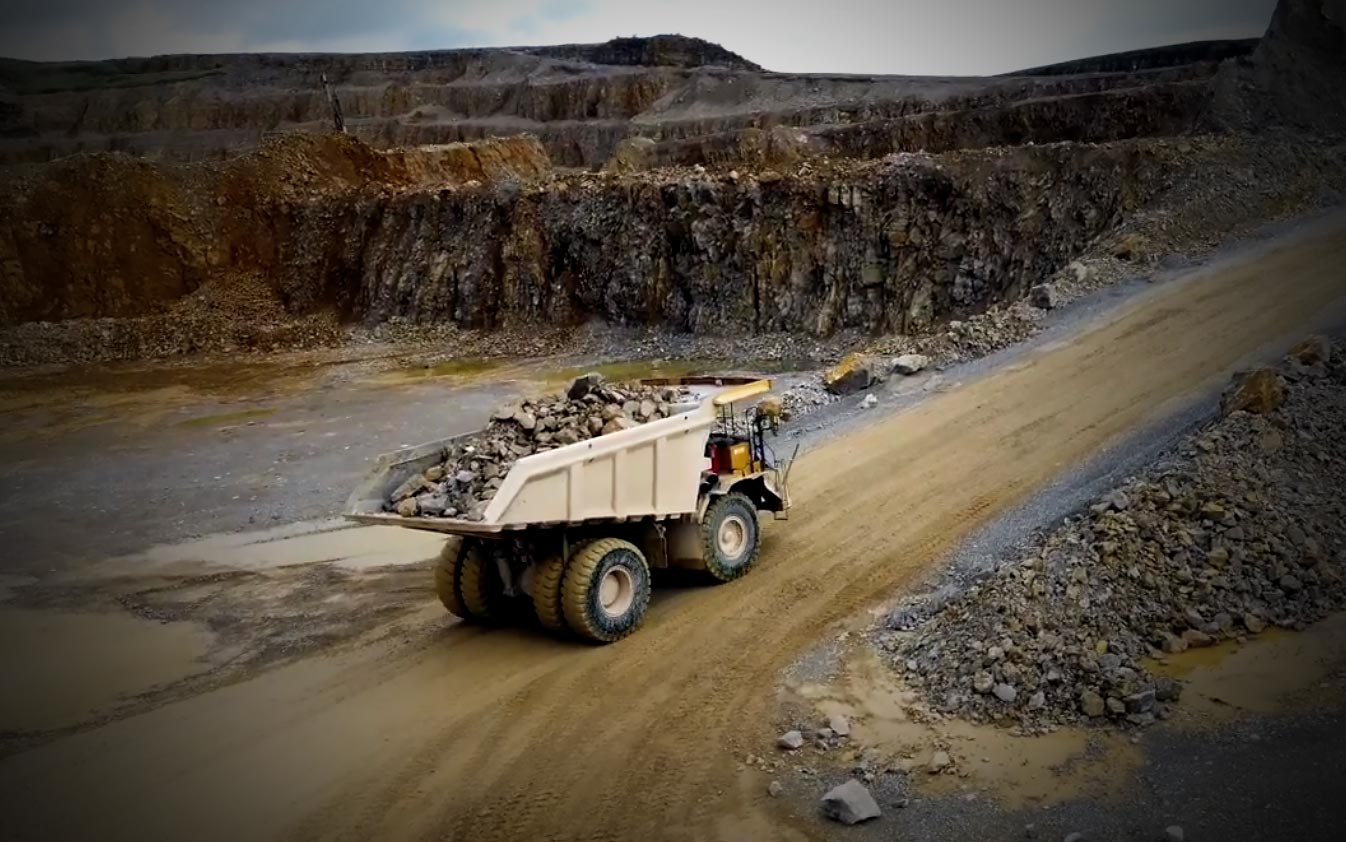To keep your frontline workers safe – and prove HSE compliance to external auditors – you need quick access to all required documentation for hazardous tasks. Find out how switching to digital processes will help you save time and improve traceability across your heavy industry sites.
Kyle Hunter-Marsden, Customer Success Manager at CheckProof, has several years of experience in the aggregates industry. He’s well aware of the importance of HSE documentation and compliance:
– Health and safety regulations keep getting stricter, and rightfully so. Heavy industry workplaces are risky environments. Correct procedures for maintenance and HSE are literally a matter of life and death.
When the paperwork takes more time than the actual task
From permits-to-work and pre-work assessments to isolation procedures and COSHH (Control Of Substances Hazardous to Health) – the number of HSEQ documents required to perform certain tasks can be extensive:
– For sites and quarries still using pen-and-paper, the process is extremely time-consuming. There’s typically only one copy of the required documents. Everyone on the team has to take turns to read and sign the papers before they can get to work. Without exaggerating, a task that takes fifteen minutes to complete can require two hours of paperwork before you’re able to start working on it.
Even if you do the paperwork perfectly – can you prove it in hindsight in case of an audit or incident?
– If you rely on finding a specific piece of paper sitting in a binder somewhere to show that you’ve done everything by the book, an unannounced inspection can be pretty stressful, says Kyle.
Accurate documentation the minute you need it
It’s no wonder more and more companies are switching from analog processes to digital routines, reporting, and documentation. With today’s mobile technology, you can give frontline operators access to critical information on a device that fits in their pockets. And instead of chasing down managers and contractors to sign a physical document, they can confirm directly through the app.
Not only does this free up valuable time. It also improves traceability since you’ll always have immediate access to accurate data – logged in real-time.
Kyle recollects the first environmental audit after a digital system had been implemented at his previous job in an aggregates company:
– The auditor asked to see our dust emissions inspections for the last twelve months. With our old analog process, that would’ve taken a lot of effort to produce. But now, I could just log on to the platform, enter the dates, and export the entire report within minutes. Every inspection from our frontline operators was right there, time and date-stamped. The auditor thought it was brilliant.
How mobile apps connect frontline and management
In his current role, Kyle helps heavy industry businesses get started with their CheckProof platform and customize it to fit the HSEQ and maintenance routines for each site and machine. As the customers get more familiar with the different features, they’ll often come up with new ways to use them. And simultaneously, CheckProof’s developers keep adding new features to address customers’ needs.
For example, companies can link their CheckProof app to other sources of information. This is especially valuable from a ‘deskless worker’ perspective, according to Kyle:
– The average frontline operator doesn’t have access to a work email address or a company portal where they can find HR-related information or do simple things like fill out a holiday request form. Instead, they need to go through their manager, which is very inefficient.
By providing staff with a mobile-first platform, companies make vital documentation more accessible to frontline employees and create a channel for two-way communication between frontline and management. In this way, no critical deviation falls through the cracks:
– Suppose an operator reports a deviation on Monday, but it doesn’t get picked up by a site manager until Friday, because that’s when they hand in the check sheet. An issue that could have been fixed directly at a low cost will instead end up causing a major breakdown and thousands of dollars worth of damages. With a tool like CheckProof, the report reaches the manager the instant a frontline operator submits it on their device, Kyle concludes.
—
Want to learn more about how to use digital tools to keep staff safe and ensure HSE compliance? Download our helpful guide today!
Want to know what CheckProof can do for you?
CheckProof's easy-to-use app makes it easier to do the right thing at the right time. Discover how you can run world-class maintenance that is both cost-effective and sustainable.

Revolutionizing Compliance: Banner Contracts on managing ISO audits with CheckProof

Implementation of Digital Systems: Rolling Out CheckProof Across Teams

From Fuel Savings to Production Gains: Cemex Germany’s Wins with CheckProof

A Recap of the CheckProof Industry Event & 10th Anniversary Celebration

Trend Report: Key moments in the Construction Materials industry (2014–2024)

Meet Marcus Edlund, CheckProof’s First Employee and Tech Trailblazer

10 Key Technology Advancements in the Construction Materials Industries

SBMI’s Climate Roadmap for a Fossil-Free Aggregate Industry by 2045

HSEQ trends in the Construction Materials and Heavy Industry







